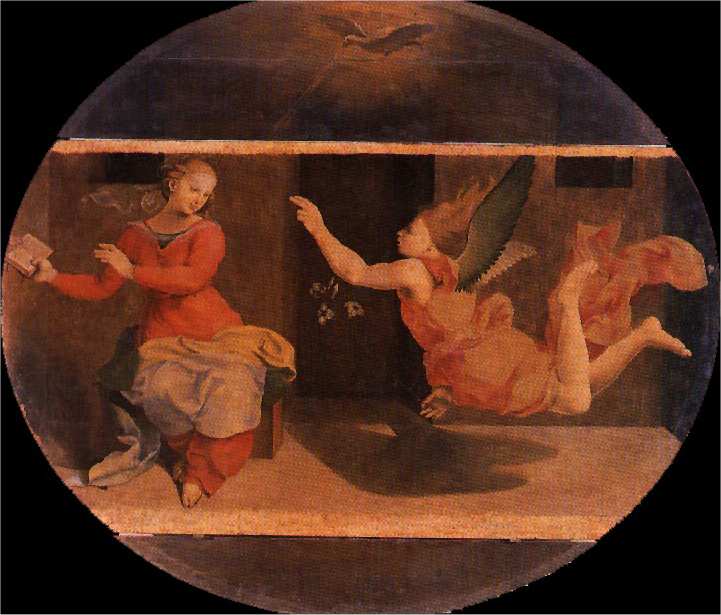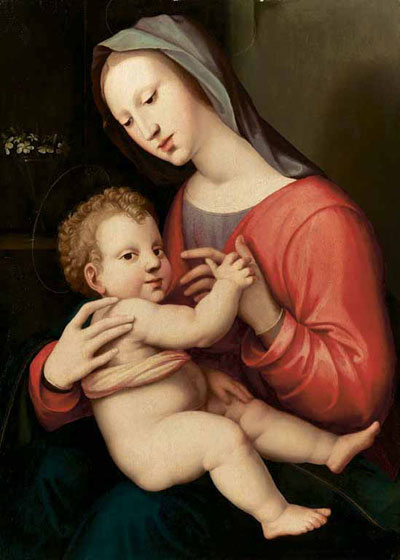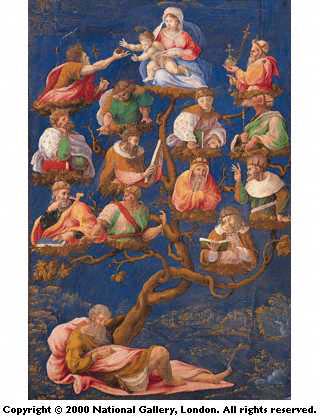Girolamo Genga (1476 – 1551)
Get a Genga Certificate of Authenticity for your painting or a COA for your Genga drawing or sculpture.
For all your Genga artworks you need a Certificate of Authenticity in order to sell, to insure or to donate for a tax deduction.
How to get a Genga Certificate of Authenticity is easy. Just send us photos and dimensions and tell us what you know about the origin or history of your Genga painting, drawing or sculpture.
If you want to sell your Genga painting, drawing or sculpture use our selling services. We offer Genga selling help, selling advice, private treaty sales and full brokerage.
We have been authenticating Genga and issuing certificates of authenticity since 2002. We are recognized Genga experts and Genga certified appraisers. We issue COAs and appraisals for all Genga artworks.
Our Genga paintings, drawings and sculptures authentications are accepted and respected worldwide.
Each COA is backed by in-depth research and analysis authentication reports.
The Genga certificates of authenticity we issue are based on solid, reliable and fully referenced art investigations, authentication research, analytical work and forensic studies.
We are available to examine your Genga painting, drawing or sculpture anywhere in the world.
You will generally receive your certificates of authenticity and authentication report within two weeks. Some complicated cases with difficult to research Genga paintings, drawings or sculpture take longer.
Our clients include Genga collectors, investors, tax authorities, insurance adjusters, appraisers, valuers, auctioneers, Federal agencies and many law firms.
We perform Girolamo Genga art authentication, appraisal, certificates of authenticity (COA), analysis, research, scientific tests, full art authentications. We will help you sell your Girolamo Genga or we will sell it for you.

Girolamo Genga was an Italian painter and architect of the late Renaissance, Mannerist style. Genga was born near Urbino. According mainly to Giorgio Vasari’s biography, by age thirteen Genga had gained an apprenticeship in Orvieto under Luca Signorelli. He was afterwards for three years with Pietro Perugino, in company with Raphael. He next worked in Florence and Siena(where he decorated the Petrucci palace c. 1508), along with Timoteo della Vite; and in the latter city he painted various compositions for Pandolfo Petrucci, a leading local statesman.

Returning to Urbino, he was employed by Duke Guidobaldo da Montefeltro in the decorations of his palace, and showed extraordinary aptitude for theatrical adornments. He is recorded as having help design the decorations for the Duke’s funeral in 1508. From Urbino, he went to Rome and painted church of Santa Caterina da Siena one of his masterpieces: The Resurrection.

Francesco Maria I della Rovere, duke of Urbino, recalled Genga, and commissioned him to execute works in connection with his marriage to Eleonora Gonzaga in 1522. This prince being soon afterwards expelled by Pope Leo X, Genga followed him to Mantua, whence he went for a time to Pesaro. The duke of Urbino was eventually restored to his dominions; he took Genga with him, and appointed him the ducal architect and decorator. He worked extensively on the Villa Imperiale on Mount Accio

Among his work in Urbino, was the scenography of plays, for example, Castiglione described the sumptuous decoration (presumably Genga’s) of the performance of Bibbiena’s La Calandria in Urbino on 6 February of 1513. He also decorated the chapel of San Martino in the cathedral.

Genga was a sculptor as well as a musician. Among his pupils were Francesco Menzocchi, Raffaellino del Colle, Agnolo Bronzino, and Dosso Dossi. His own son Bartolommeo (1518-1558) became a respected architect. There are few extant paintings or Genga. One of his leading works is in the church of S. Agostino in Cesena: a triptych in oil, representing the Annunciation, God the Father in Glory, and the Madonna and Child. Among his architectural labors are the church of San Giovanni Battista in Pesaro; the bishop’s palace at Senigallia; the façade of the cathedral of Mantua, ranking high among the productions of the 16th century; and fortifications near Pesaro. Genga retired to a house in the vicinity of Urbino, continuing still to produce designs in pencil.

Still wondering about an Italian painting in your family collection? Contact us…it could be by Girolamo Genga.
Reviews
1,217 global ratings
5 Star
4 Star
3 Star
2 Star
1 Star
Your evaluation is very important to us. Thank you.
